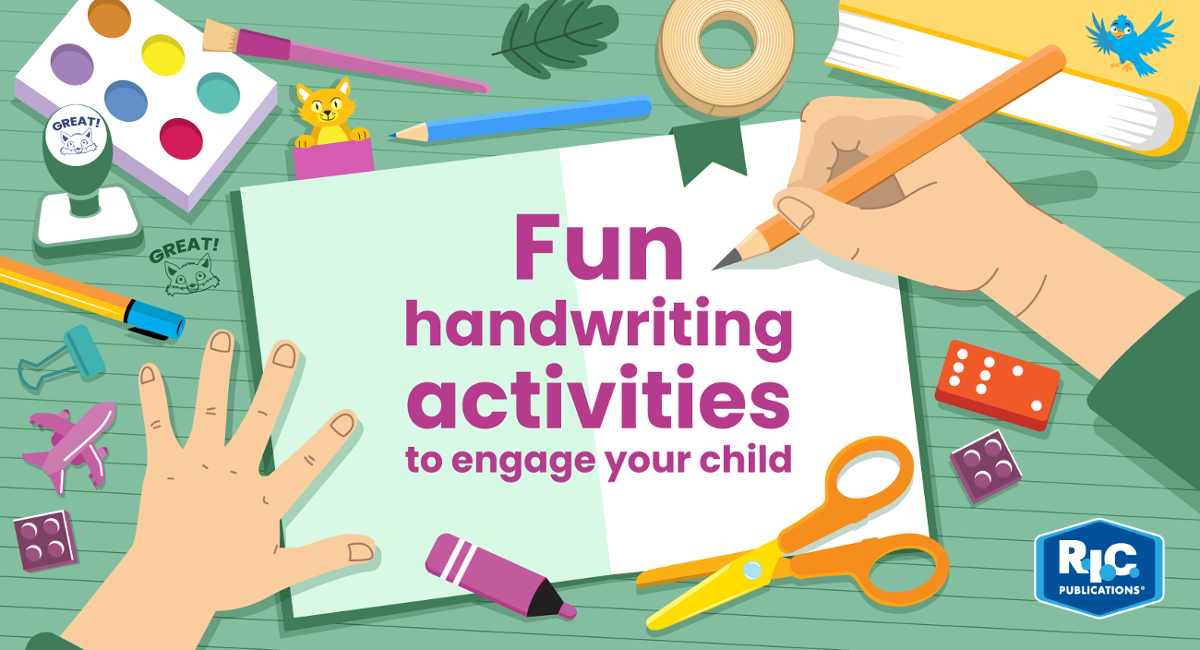- Friday 22 October 2021
- 0 Comments
Do your students find handwriting to be a chore? It doesn’t have to be! We’ve got some fun and effective ideas to get them excited about practising, improving and refining their skills.
1. Sensory activities
Sensory activities are a great way to make handwriting practice more fun and engaging. To start, have the student write on your back with their finger and guess what they’re writing. The better they get, the easier it’ll be to understand through touch. Try it with them too and see if they can guess what you’re writing!
Another great sensory activity is writing in sand. Create or obtain a small sandpit, or visit your nearest beach and give students a stick or something they can write with (make sure the sand isn’t too dry). If you live far from the beach, or don’t have a sandpit, a good alternative is salt and a plate.
2. Create personalised handwriting activities
It can be difficult to find the time to incorporate handwriting activities every day and coming up with new ones can be a task in itself! That’s why we think it’s a great idea to make handwriting cards, with a personalised activity on each card. The cards can be re-used and alternated each day.
Spend a day creating the cards and involve your students as much as possible. Let them decide the theme and tailor the cards to suit their interests. This will keep them engaged and interested—even when they’re practising handwriting! Encourage students to re-create cards for things they enjoy, like collectable sports cards. This will not only keep them engaged, but will also help them to practise their handwriting as they write in the details of their favourite players etc.
3. Decode a sentence
Write down some words (jumbled up) and get students to reassemble the words to construct a sentence. Once they’ve formed a sentence, ask them to rewrite it. This can be fun if you give them various words with different sentence possibilities to see which one they choose.
4. Writing notes
Whenever students say something they want you to remember, get them to write it down on a sticky note. Alternatively, ask students to write a note to a grandparent, other family member or friend. Any note-writing activities, long or short, are beneficial (and fun) to practise handwriting.
How can we help?
Our Handwriting today workbooks are ideal to give students the practice they need to write legibly, fluently and quickly in order to succeed. By achieving mastery of handwriting through repeated practice, students can concentrate on developing their ideas rather than on their effort to write! Handwriting today is available in two fonts: NSW Foundation Font and Victorian Modern Cursive.
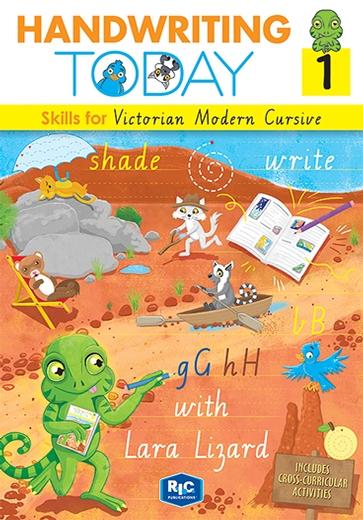
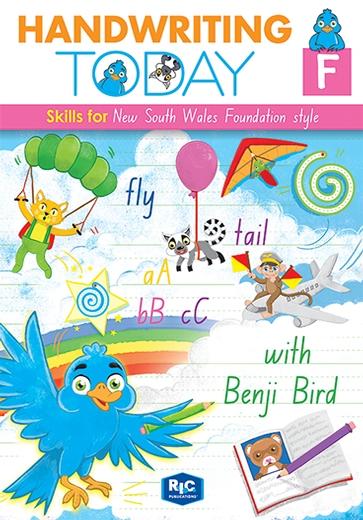
Along with the workbooks, we have also developed a fun online tool that allows you to:
- easily demonstrate letter formations interactively
- practise with your students using the big screen.
.png)
What have teachers said about Handwriting today?
‘Our students love the characters and the colourful formation patterns in Handwriting today. I love the progression of the books and the inclusion of some fun cross-curricular activities.’ Anne-Marie, Year 1 teacher
Our school loves the Handwriting today series and feels the transition of skills throughout the series are perfectly timed for our students. — Lana, Year 2 Teacher
There are so few supportive handwriting programs and teaching resources for Year 6 students. Handwriting today provides me with developmentally-appropriate activities and great teacher support for my Year six students. — Brett, Year 6 Teacher
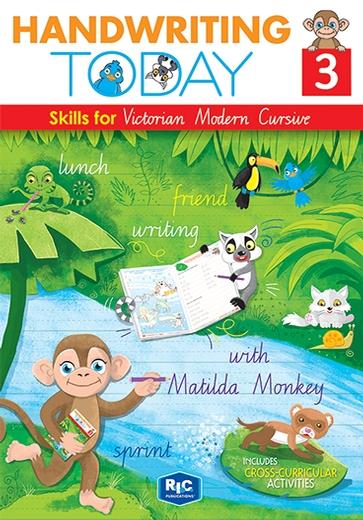
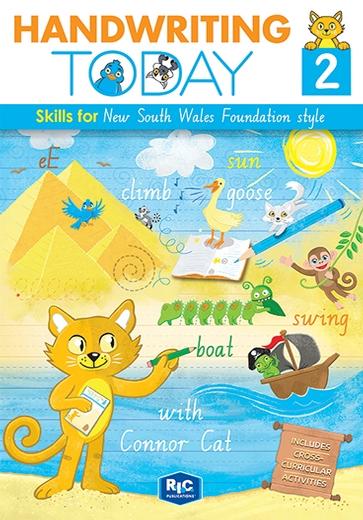
Interested in finding out more?
Check out more information here or download a free sample below!
